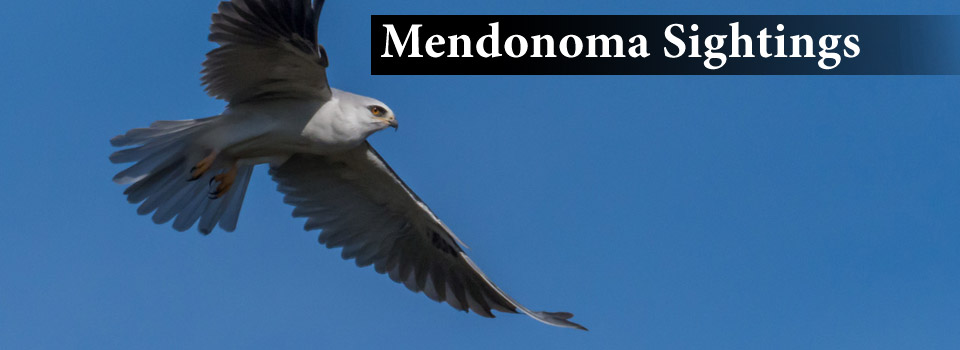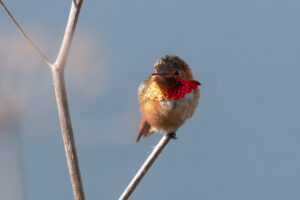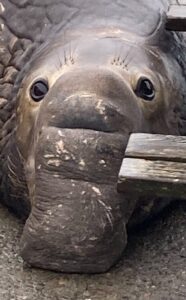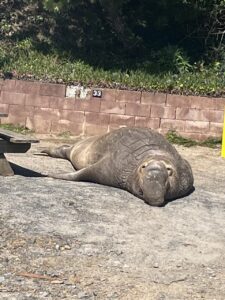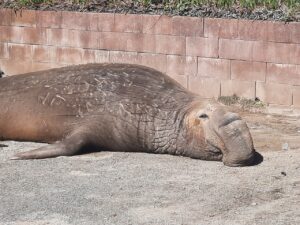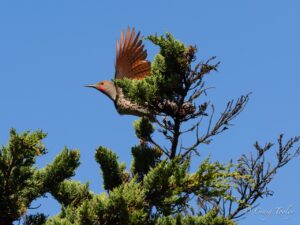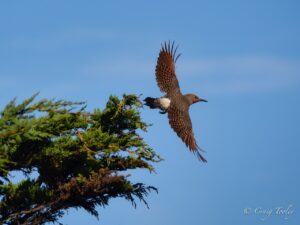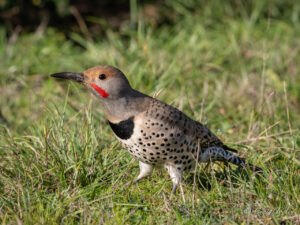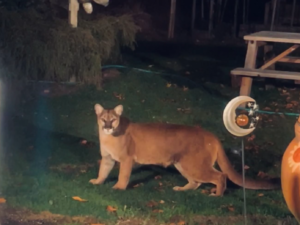To celebrate the first day of May, here is a photo alive with color. The sun shone on this little hummingbird and Ron Bolander was ready with his camera - a beautiful male Allen's Hummingbird in full display.
Allen's Hummingbirds migrate up the California Coast and about halfway up the Oregon Coast to mate. The female will then choose her nesting site and raise her chicks. Some might choose the Mendonoma Coast!
Here's a fun fact from the Cornell Lab of Ornithology: "Allen's Hummingbirds use their feet to help control their body temperature. When it's cold outside they tuck their feet up against their bellies while flying, but when temperatures soar, they let their feet dangle to cool down."
Thanks to Ron for allowing me to share his photo with you here.
Windy here again today, but a trifle less. Warm too, temps in the low 70's.
